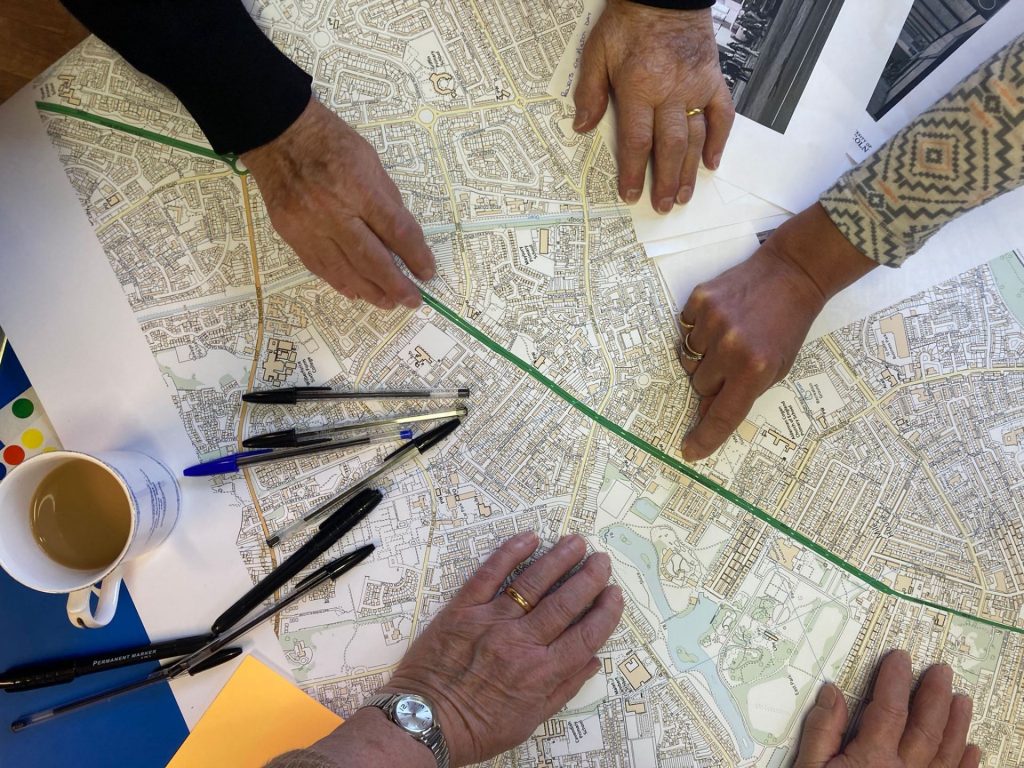People’s relationships to place and to the built environment are an increasingly important part of the heritage landscape.
At the mid-point of our project, our first report, Community Heritage, Place Identity, and the Built Environment, explores what we’ve found out so far about the relationship between individual & collective identity, heritage, and place.

Over the past year we have deployed a range of humanities methods to investigate how people draw on heritage through the built environment to build a sense of self and a sense of place – focusing on the city of Hull. Alongside in-depth interviews, we have developed and utilised two new space and place-based methodologies, focusing on ‘mapping workshops’ and ‘walking workshops’. In other words, we have sought to better understand the ways that people engage with or use urban space and place, including heritage assets and historic sites, to articulate life stories and stories about the city.
This report shares key research findings, illuminated by quotes taken from our interviews and workshops. It is relevant to anyone working on place and heritage, across a range of roles and sectors, and will be particularly useful to those working in and around Hull.
Download it here: Community Heritage, Place Identity, and the Built Environment